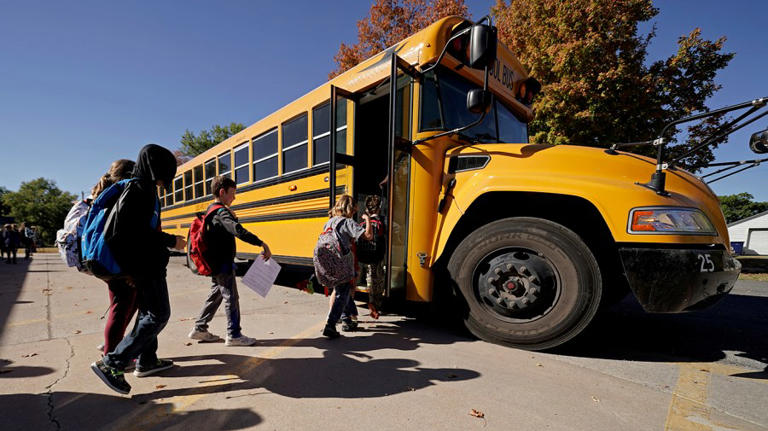- January 24, 2025
ICE can raid schools and churches under new policy

The Trump administration has officially revoked longstanding federal protections that discouraged immigration enforcement actions in “sensitive areas” like schools, hospitals, and churches. These guidelines, implemented by U.S. Immigration and Customs Enforcement (ICE) in 2011 and later adopted by Customs and Border Protection (CBP) in 2013, aimed to ensure that undocumented individuals could access essential services without fear of arrest or deportation.
The announcement marks a significant shift in U.S. immigration policy, aligning with President Donald Trump’s campaign promises of mass deportation and aggressive immigration enforcement. In a statement released on Tuesday, the administration criticized the previous guidance as an obstacle to law enforcement, claiming it allowed criminals to evade capture.
“Criminals will no longer be able to hide in America’s schools and churches to avoid arrest,” the statement read, adding that the administration trusts law enforcement to act with “common sense.”
Broader Implications
Trump’s rhetoric on immigration often conflated undocumented status with criminality, frequently citing anecdotal cases to bolster his stance. However, research consistently shows that undocumented immigrants commit crimes at lower rates than native-born U.S. citizens.
Human rights organizations have expressed grave concerns over the administration’s decision. By removing protections for sensitive locations, they argue, undocumented individuals—including children and U.S. citizen family members—may be deterred from accessing medical care, attending school, or seeking disaster relief.
The Center for Law and Social Policy warned of widespread harm, stating, “This action could have devastating consequences for immigrant families and their children, including U.S. citizen children.”
The Political Context
The revocation of these guidelines underscores Trump’s broader approach to immigration, which prioritized enforcement and deportation over integration and support. Critics have also pointed to his use of dehumanizing language when discussing migrants and asylum seekers, a pattern that has fueled division and controversy.
As the U.S. grapples with immigration reform, the removal of these protections raises urgent questions about the balance between enforcement and ensuring the dignity and safety of all individuals within its borders.

